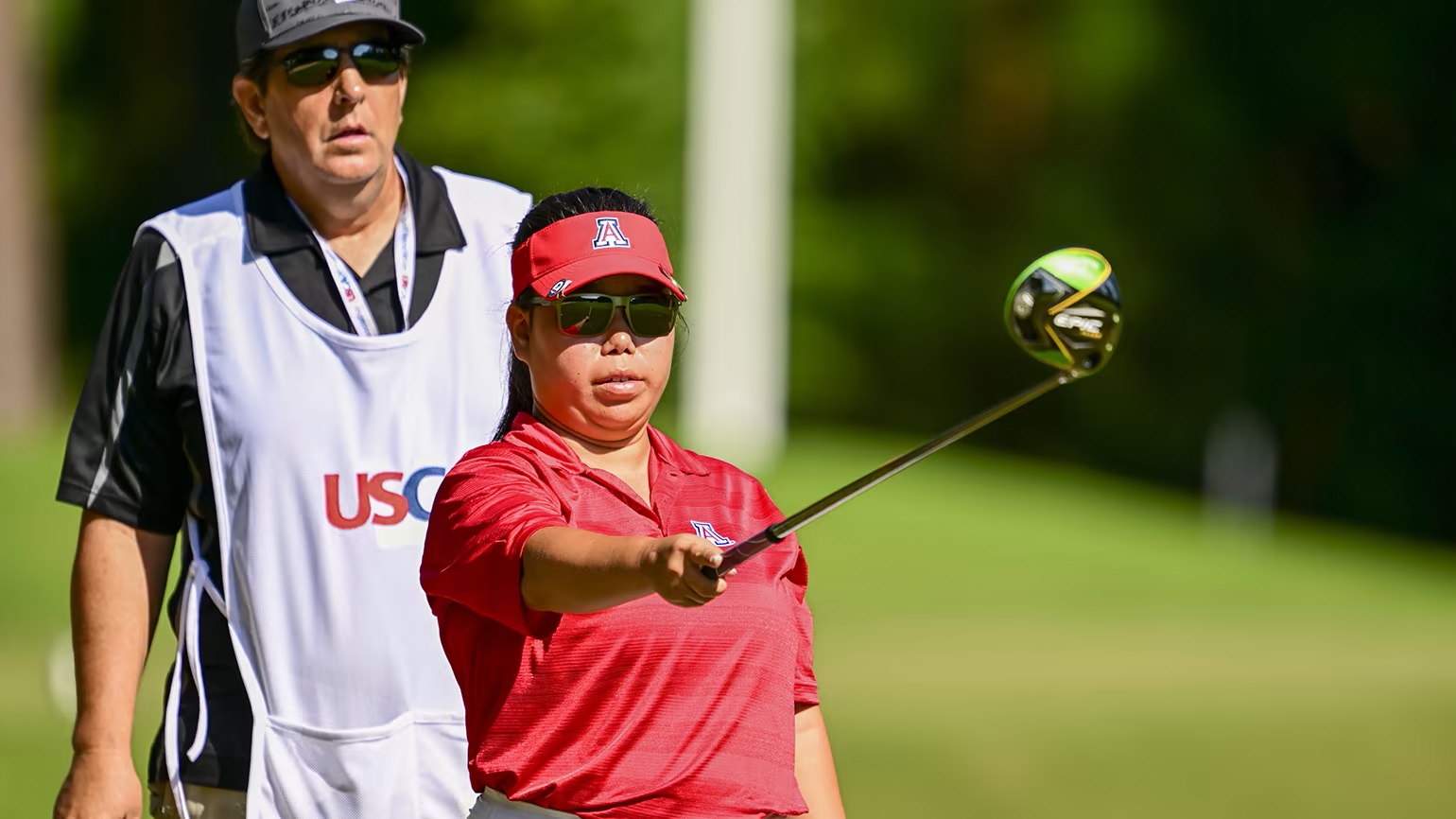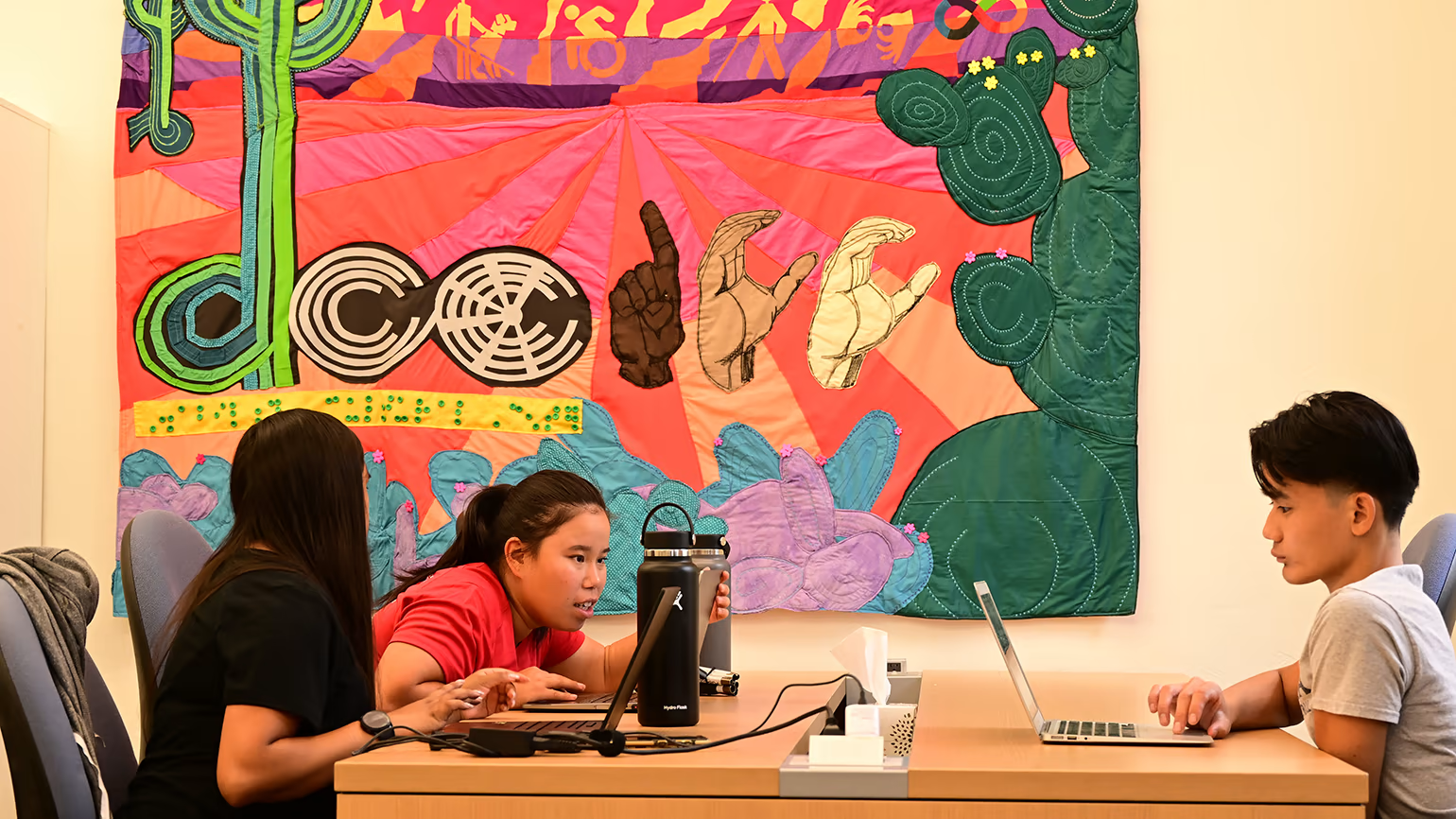
The following content was first published in Golf Journal, a quarterly print publication of the USGA.
It was the summer of 2020 and Amanda Cunha was playing in the biggest golf tournament of her young life. Cunha flew 12 hours and 4,800 miles with her family from their home on the Hawaiian island of Oahu to North Carolina to compete in the prestigious North & South Junior Championship at Pinehurst Resort & Country Club.
Cunha was 16 and among Hawaii’s top juniors. This was the first bow of what she hoped would be many on the national stage. And she was at Pinehurst, home to so much history, including fellow Hawaiian Michelle Wie West’s triumph in the 2014 U.S. Women’s Open. Cunha had never seen such a beautiful golf complex.
What she could not know is that by the time she returned to Pinehurst almost exactly two years later, the needles on the plentiful loblolly pines would look like they’d been blended together with a watercolor brush. Pinehurst’s famed Putter Boy logo would be nothing more than a blur.
Less than a year after the North & South, while driving to school, Cunha noticed blank spots in her vision. Six months later, after numerous tests, difficult treatments and wayward diagnoses, she got a definitive assessment: She had Leber Hereditary Optic Neuropathy, a disease that robs people of their central vision. In less than a year, she went from dreaming of playing college golf to being legally blind.
If that seems like a cruel fate for a bright, vibrant girl with a 1,000-watt personality, know that Cunha has handled her circumstance more like a mere stumble on a curb than being hit by a truck.
“It’s weird, but my friends couldn’t imagine me doing anything different from what I’m doing now,” Cunha says. “I would be golfing either way, blind or not.”
Understandably, then, there were no feelings of “what if,” only joy and gratitude when the Cunha family returned to Pinehurst in July 2022 for another massive golf occasion. Cunha, 18, was among 96 competitors in the USGA’s inaugural U.S. Adaptive Open. It was a watershed moment for the sport and the adaptive community, with athletes from around the world being showcased for their incredible skills and fortitude.
Those on-site at Pinehurst’s Course No. 6 marveled at how people who are short of stature or have one arm, or no legs, or manage their intellectual impairment, or are blind, adapted to their challenges and played competitive golf. Golf Channel and numerous other media outlets told their stories and social media buzzed with videos of the competitors’ jaw-dropping talents. USGA CEO Mike Whan spent the week in Pinehurst getting to know the competitors; he deemed the event among the association’s most worthwhile endeavors.
The outgoing and chatty Cunha became a fan and media favorite, and she appeared completely comfortable in the spotlight. She could often be seen after her rounds happily talking in front of a TV camera. The former single-digit Handicap Index player shot rounds of 86, 92 and 90 to finish sixth among the 18 female competitors.
“It was honestly so incredible out there,” Cunha said. “From someone who wasn’t doing big-time tournaments to playing in a USGA Open, it’s an experience I will never forget.”
Larry Cunha, Amanda’s father, told friends it was the closest his daughter will ever come to playing on the LPGA Tour.
“I wasn’t expecting the tournament to be that unbelievable. I was blown away,” he said.
